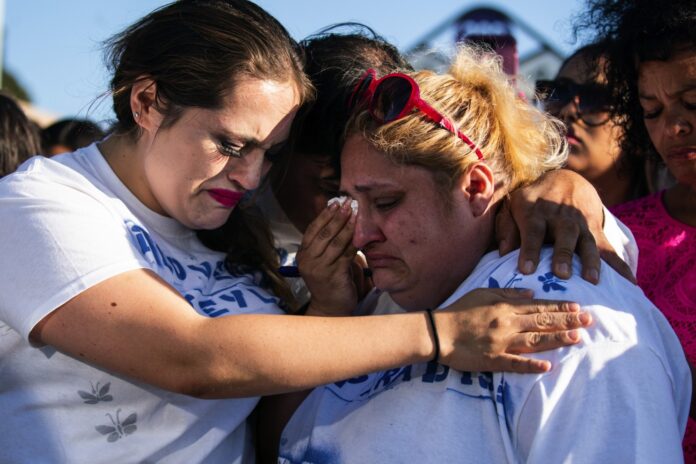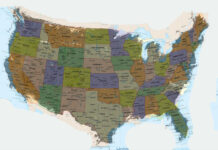The largest study of mass shooters ever funded by the U.S. government reveals stunning information about perpetrators.
The stereotype of a mass shooter is a white male with a history of mental illness or domestic violence. While that may be anecdotally true, the largest single study of mass shooters ever funded by the U.S. government has found that nearly all mass shooters have four specific things in common.
A new Department of Justice-funded study of all mass shootings — killings of four or more people in a public place — since 1966 found that the shooters typically have an experience with childhood trauma, a personal crisis or specific grievance, and a “script” or examples that validate their feelings or provide a roadmap. And then there’s the fourth thing: access to a firearm.
The root cause of mass shootings is an intensely partisan debate, with one side blaming mental health and the others blaming guns. Researchers hope that the findings in the study could usher in a more holistic and evidence-based approach to the issue — and provide opportunities for policy action.
“Data is data,” said Jillian Peterson, a psychologist at Hamline University and co-author of the study. “Data isn’t political. Our hope is that it pushes these conversations further.”
The study, compiled by the Violence Project, a nonpartisan think tank dedicated to reducing violence in society, was published Tuesday and is the most comprehensive and detailed database of mass shooters to date, coded to 100 different variables. Its release comes less than a week after a teenage boy killed two students at his high school in Santa Clarita, California, before fatally shooting himself in the head.
The researchers used the FBI’s definition of a “mass murder” — four or more people killed, excluding the perpetrator — and applied it to shootings in one public place. The dataset stretches back to August 1, 1966, when a former Marine opened fire from an observation deck at the University of Texas, killing 15 people. It wasn’t the first mass shooting in the U.S., but researchers chose it as a starting point because it was the first to be substantively covered on radio and TV.

















